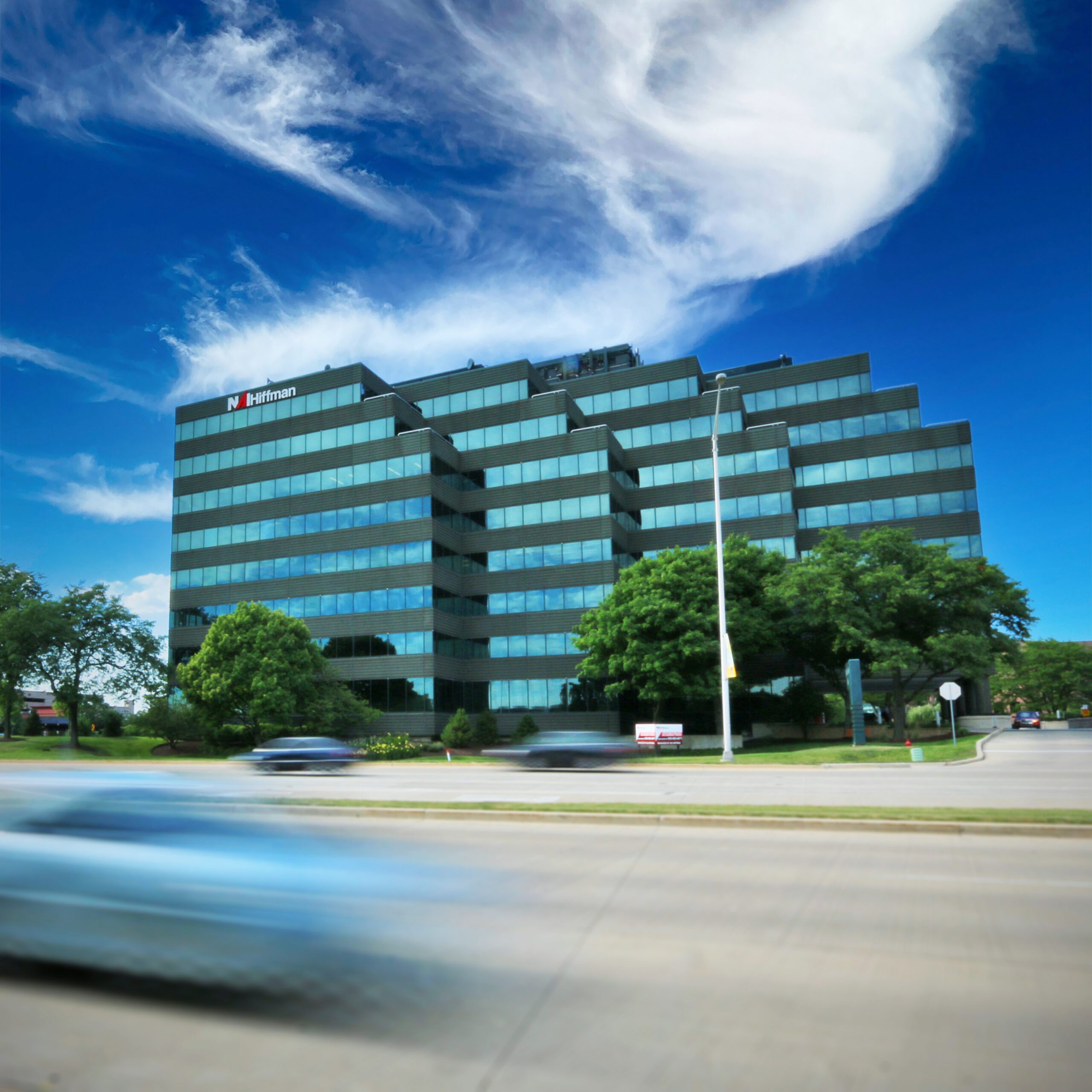October 2015
Retailers and e-tailers grapple for the evolving consumer

Contributed By Adam Roth, Executive Vice President – NAI Hiffman | Director – NAI Global Logistics
Amazon Prime recently launched its one-hour delivery service, Prime Now, in select zip codes in Chicago—an exclusive program for prime members promising delivery on tens of thousands of items within 60 minutes.
So when NAI Hiffman had a last minute need to buy a high-end wireless speaker for one of its events but no household retailers had the item available for in-store pickup in the Chicagoland area or next day delivery to the office, an order was finally placed via Amazon’s Prime Now app to put the expedited delivery service to the test.
Immediately following the order, a notification was received on the app showing the carrier’s name, location, and estimated delivery time. Total time from purchase to final delivery was well under the one-hour mark, coming in at a remarkably speedy 17 minutes. The upcharge for the expedited delivery? Free for two-hour deliveries or an extra $7.99 to fulfill it within one hour.
How can this be?
The demand planning for inventory, the process for immediate loading and dispatch, the complex algorithms for all of this to occur, let alone for a $7.99 upcharge and in 17 minutes, is unbelievable.
Coming from the “old world” of logistics, the profitability of a city dispatch operation is (or was) typically based on delivery density—in other words, having multiple deliveries in a confined region on a pre-loaded, pre-planned delivery route. As a consumer, we can care less about the “plumbing” of the retail world, we want products as soon as possible and typically we get them, often times with free shipping.
E-commerce is radically changing how consumers buy product. From 2002 to 2014, e-commerce sales have grown from $42 billion to $237 billion. Nearly 40 percent of U.S. mobile phone owners will become mobile phone shoppers by 2017. There are more mobile devices on earth than people. Retailers are now required to cater to the rapidly growing consumer sector that conducts purchases on various platforms.
The buzz word for this is Omni-Channel, which can be defined as a multichannel approach to sales that seeks to provide the customer with a seamless shopping experience whether the customer is shopping online from a desktop or mobile device, by telephone or in a bricks and mortar store. Omni-Channel is now omni-present and the retail supply chain is trying to keep pace with the heightened expectations for on-demand availability and expedited delivery.
This evolution in consumer purchasing habits is impacting retail and distribution footprints for retailers. Brick and mortar retailers will continue to contract, shrinking their retail footprints. Retail locations in urban and rural areas will become more dynamic, allowing customer to have visibility to all of the retailer’s products and the ability to dictate various delivery options. These locations will also serve as forward points for fulfillment to complete online orders, increasing delivery speed and reducing final mile transit costs.
As retail stores reduce in size while increasing their service offerings, the size requirement for distribution space will continue to increase. With the consumer expectation of reduced delivery time, retailers will be keeping a larger inventory of products within regional distribution locations. In addition, transportation costs will continue to escalate incentivizing the repositioning of products to larger cross-country truckload or intermodal moves.
These distribution centers also call for a larger parking allotment as they are more labor intensive, a higher throughput building design (one dock door per 5,000 square feet) and closer proximity to densely populated areas. The additional pricing for these types of distribution facilities, located near the consumer base, will be more than offset by the reduced exposure to escalating transportation costs.
The Council of Supply Chain Management Professionals (CSCMP) releases an annual report on the State of Logistics. A recurring theme in this year’s report and throughout the year from the logistics industry continues to be capacity. Many corporations are turning to private fleets to guarantee a portion of their key freight lanes.
The result in the upcoming busy season is going to be increased transportation pricing as retailers compete for a limited trucking base. This will play out in network design as companies that have better positioned distribution locations will benefit by having their product available for sale—note, better positioned locations, not better real estate priced.
The issues regarding transportation capacity and the required flexibility for today’s consumer are resulting in an increase in collaboration conversations. These conversations go beyond meetings with existing vendors, collaboration between competitors is being used as a way to combat the predicted capacity crunch and impending escalation of transportation costs.
Retailers consolidating into multi-brand collaborative inventory sharing warehouses will increase delivery speed, improve capacity utilization and transportation optimization across their supply chain especially within urban areas—either in a pure high-speed crossdock design or a more traditional racked distribution facility layout.
The concept of shared facilities will benefit the third party logistics (3PL) sector whose gross revenue has grown from $104 billion in 2005 to over an estimated $166 billion in 2015. In addition, the migration to rail and intermodal growth will continue as a more cost effective and environmentally conscience approach to inland distribution.
There will be a rental premium achieved for the types of distribution facilities required by retailers. Within the existing industrial inventory, these types of facility are a rare product. The retail sector is evolving rapidly to meet consumer expectations while adapting to the challenges in the supply chain. The industrial real estate sector will benefit.
Adam D. Roth, CCIM, SIOR is an executive vice president at NAI Hiffman and specializes in industrial real estate including land assemblage and development, building sales and tenant representation. Additionally, as a director of NAI Global Logistics, Roth’s focus is providing real estate and supply chain solutions to distribution and warehouse companies throughout the world on matters including corporate relocation, site search analysis, build-to-suit alternatives, acquisition, and disposition and leasing services.
Source: RE Journals


